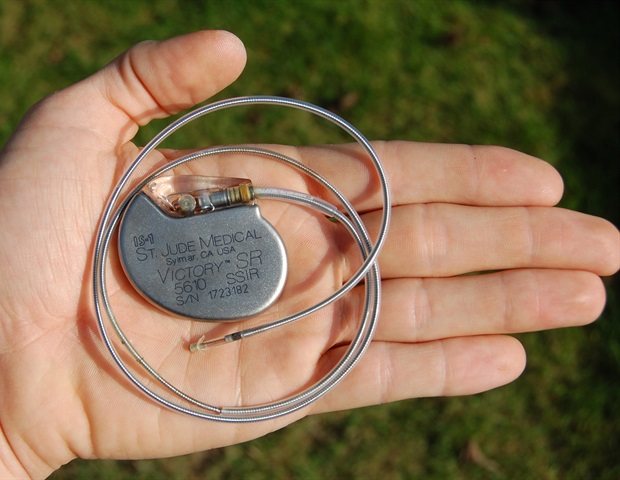As we now know, a C-section, also known as a Cesarean section, is the surgical procedure by which one or more babies are delivered through an incision in the mother’s abdomen. This is a very important option in birth because there are many times when a vaginal delivery would put the baby, the mother, or both, at risk. But C-sections have not been around forever, and they have certainly changed over time.
What is the history of C-sections?
There are differing theories on how the term “Cesarean section” was coined, but the main two theories focus on Julius Caesar. One common theory is that Caesar was born via C-section, but since it is widely understood that his mother lived past the birth, this is unlikely.
The other is that Roman Law during his time commanded that women who could not give birth vaginally must be cut open. The Latin word “caedare” means “to cut”.
During this period, the term “caesones” was given to infants born to mothers via C-sections after the mother had died, which is another theory. While the exact origin is well-disputed, most agree that the procedure has been around since at least the 1500s. However, it was not anything like we know today. At this time, the purpose was to try to save the child when the mother likely would not survive, and a C-section was the last effort to save the baby’s life.
Childbirth was extremely dangerous for women and babies even up until the late 1800s, when the spread of disease was rampant, and people did not understand a woman’s basic anatomy or much about pregnancy and childbirth.
Related: The surprising history of home pregnancy tests
When was the first C-section performed?
One of the first recorded successful C-sections was in 1794 in the US. Miraculously, at the time, the mother survived, but she would never have the option to have another child. The doctor—the patient’s husband and the father of her child—removed his wife’s ovaries without her consent in fear that she would never survive another childbirth.
In the late 1700s, anesthesia did not yet exist, and there were no set standards for cleanliness or disease prevention. Even those who had a successful C-section ran a high risk of infection or disease during the surgery. In the mid-1850s, the discovery of anesthesia helped immensely, but it was not until the 1930s that C-sections could be performed more safely.
Related: Mom delivers her own baby by C-section and the pictures are simply amazing
When did C-sections evolve to become what they are today?
In the 1930s and ’40s, the C-section procedure was finally starting to evolve into what we know today. There were more antibiotics available, better medical practices, less risk of disease, and more education among the medical community. Doctors had a much better understanding of female anatomy, and were able to perform more successful surgeries with this knowledge.
While ultrasounds are common now, they were not used for pregnancy until the 1950s. Can you imagine going through pregnancy without this technology? Ultrasounds were a game-changer for doctors, childbirth, and many other fields of medicine. Luckily for women of the 21st century, the options have significantly evolved over the last 75 years.
C-sections are a vital option when it comes to birth
According to the Centers for Disease Control and Prevention (CDC), about 31.8% of births are via C-section today. That’s over 1.14 million babies born in the US via C-section every single year.
As C-section rates have increased significantly, it has become an increasingly important option for women and families. Not only has it become less risky, with lower chance of infection, but women also have the option of having multiple children born via C-section.
Related: Study finds some C-section babies may not need routine antibiotics
In the past, even when a woman did survive childbirth via C-section, she could not always have another without risking her life and the life of her child again.
Vaginal births are still preferred today, but there are many reasons why C-sections are performed. These reasons include a breech baby, health complications for the mother or baby, umbilical cord issues, giving birth to multiple babies, and more. For some with subsequent births, women can rest easy with the option of scheduled, low-risk C-sections, and have the number of children they desire.
C-sections are not without complications
While the history of C-sections have shown us that there have been immense strides forward for women and babies, there will always be risks of complications. And even without complications, many women wish they were more prepared before giving birth via C-section, so they did not feel blindsided by the C-section recovery, which can be long.
Related: 8 natural remedies for C-section recovery
It is incredible how far we have come with medicine and technology in less than a century, but the human body is not always predictable. It’s important to discuss all of your birth options with your doctor or birth care provider. Every pregnancy and person is unique, and it is important to talk about the choices that fit your particular situation, and your specific pregnancy.
Sources
Sewell JE. Cesarean Section – A Brief History. History of Medicine. Published April 27, 1998. Updated July 26, 2013.

 PARENTING TIPS
PARENTING TIPS







 PREGNANCY
PREGNANCY








 BABY CARE
BABY CARE








 TODDLERS
TODDLERS








 TEENS
TEENS








 HEALTH CARE
HEALTH CARE







 ACTIVITIES & CRAFTS
ACTIVITIES & CRAFTS








 CONTACT
CONTACT ABOUT
ABOUT


